Idrw Team
SOURCE: IDRW.ORG.
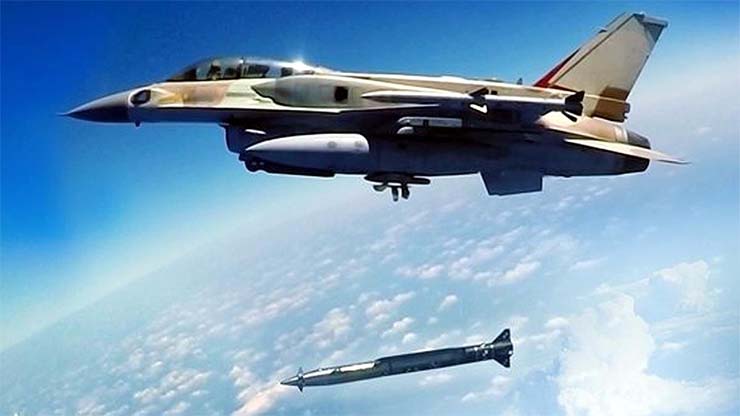
The Indian Air Force’s (IAF) decision to locally produce the Rampage, a long-range supersonic air-to-ground precision strike missile, has raised questions about India’s indigenous defense capabilities. Defence Anaylts Ranesh Rajan believe this technology could have been developed domestically by the Defense Research and Development Organisation (DRDO).
According to anonymous DRDO officials, the organization possesses the technological know-how to create a missile similar to Rampage. They point to the rejection of Pinaka-III, a proposed 150km range artillery rocket system with a 300mm caliber, as a missed opportunity. Rajan argue that adapting Pinaka technology for air launch could have provided a domestic alternative to Rampage.
Continue readingSOURCE: IDRW.ORG.
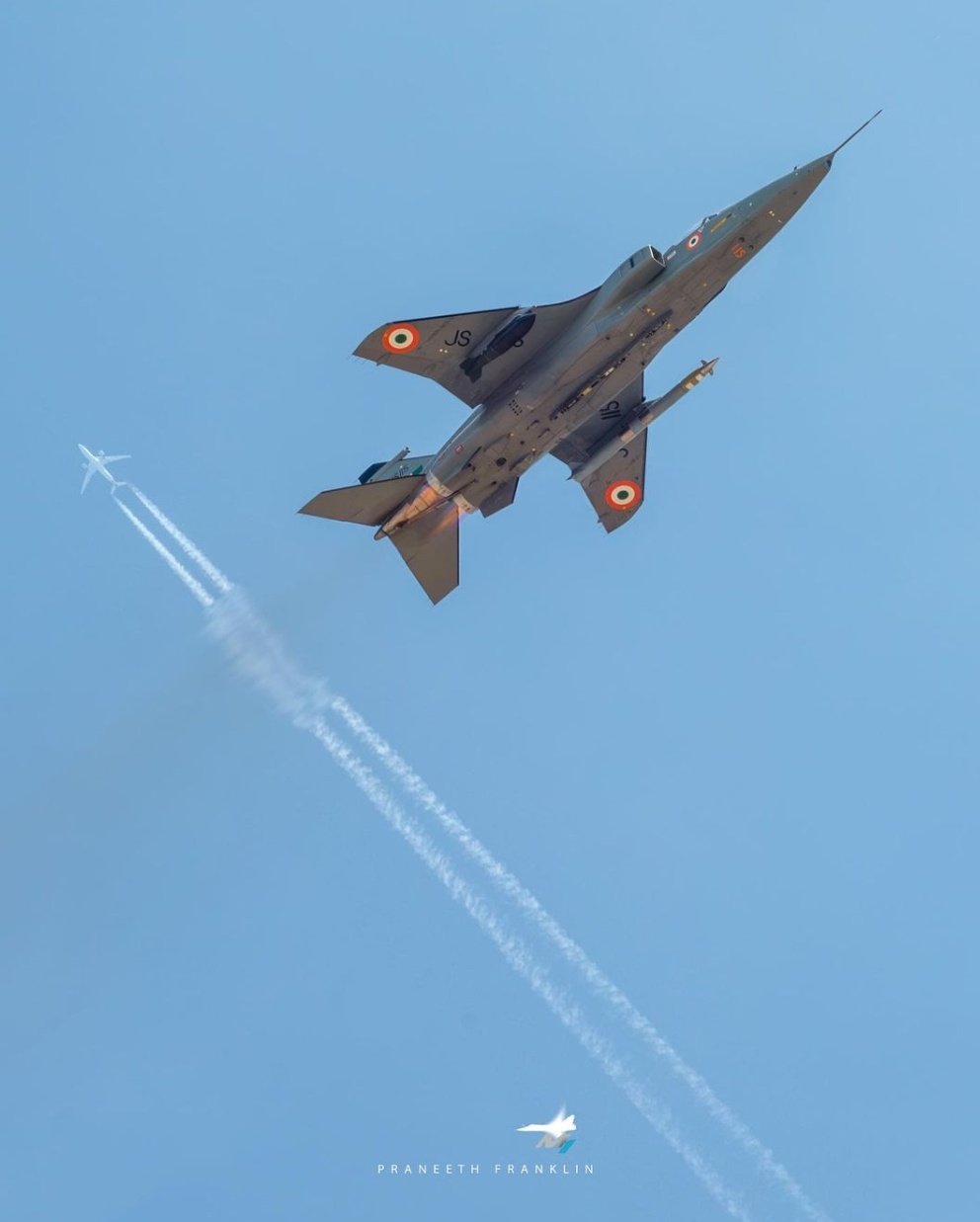
The Indian Air Force (IAF) is taking its air-to-ground offensive capabilities a step further with the integration of the Israeli-made Rampage missile system onto its Jaguar Strike fighter jets. This development signifies a significant boost to the IAF’s firepower and strategic reach.
According to idrw.org, Jaguar Strike jets are currently undergoing “captive flight trials” with the Rampage system. These trials involve testing the integration of the missile with the aircraft’s systems while keeping it firmly attached to the aircraft throughout the flight.
Continue readingSOURCE: IDRW.ORG.

A Bengaluru-based company, All Terrain Private Limited (A-THON), is making strides in the development of all-terrain vehicles (ATVs) with potential applications for the Indian military. This indigenous effort could significantly reduce reliance on imported ATVs currently used by Indian Special Forces and other units patrolling challenging terrains.
A-THON’s focus lies in the “ASHVA” range of two-seater ATVs and the “ARAV” four-seater variant. They are also developing the “ADBHUT,” a unique 6×2 ATV specifically designed for superior cargo-carrying capabilities. While initial testing within the company’s facilities is underway, the primary launch target is the Indian agricultural sector. However, the inherent capabilities of these ATVs open doors for potential military adaptations.
Continue readingSOURCE: IDRW.ORG
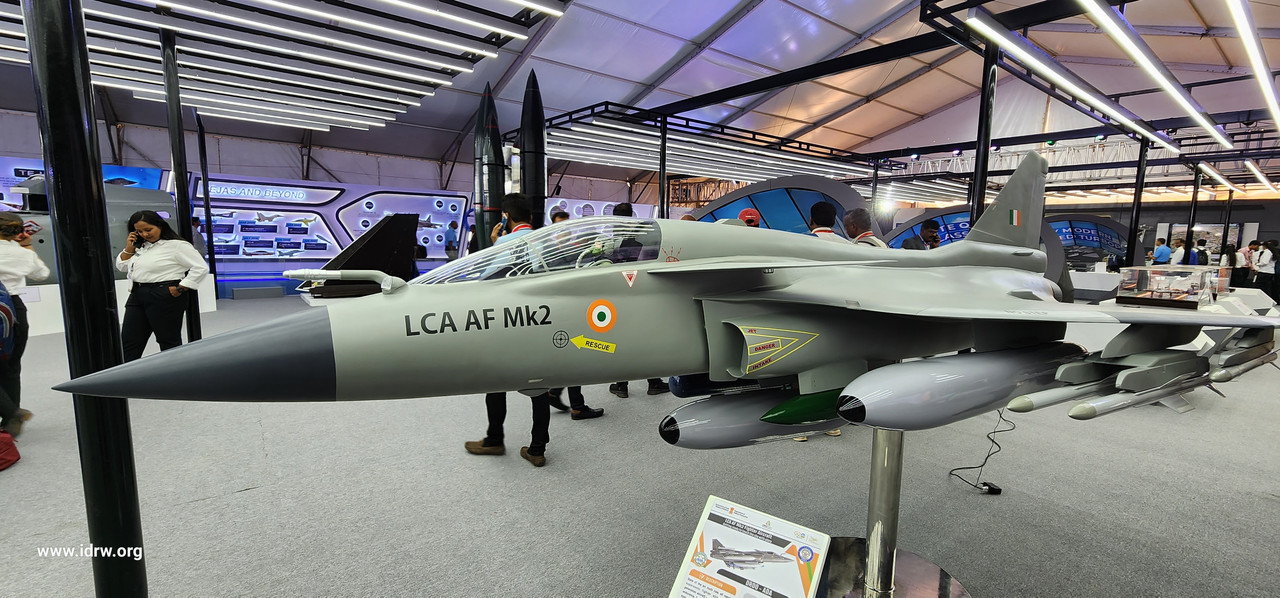
India’s indigenous Tejas MkII fighter jet is poised to revolutionize the Indian Air Force’s (IAF) Quick Reaction Alert (QRA) capabilities. This homegrown aircraft boasts a unique feature – the ability to carry a staggering eight Beyond-Visual-Range Air-to-Air Missiles (BVRAAMs) simultaneously. This unmatched firepower makes the Tejas MkII a true game-changer for air superiority missions within Indian airspace.
The Tejas MkII’s ability to carry eight BVRAAMs surpasses all other single-engine fighters in its class. Even the upgraded Mirage-2000-5 currently used by the IAF falls short, carrying only six MICA missiles. This advantage translates to a significant increase in offensive potential during aerial engagements.
Continue readingSOURCE: IDRW.ORG.

Keshav Prasad, the esteemed Director of India Supply Chain at Collins Aerospace, is spearheading a monumental shift in the aerospace manufacturing landscape. With ambitious plans to commence the production of advanced aerostructures, interiors, and avionics in India, Collins Aerospace is set to mark its presence prominently from its upcoming manufacturing site near the Bengaluru airport.
This strategic move comes as part of a broader investment initiative, with the firm allocating a substantial $200 million towards bolstering research and development capabilities and enhancing production facilities within India. The decision not only underscores the company’s commitment to the Indian market but also signifies a significant step towards leveraging India’s skilled workforce and favorable business environment.
Continue readingSOURCE: IDRW.ORG.
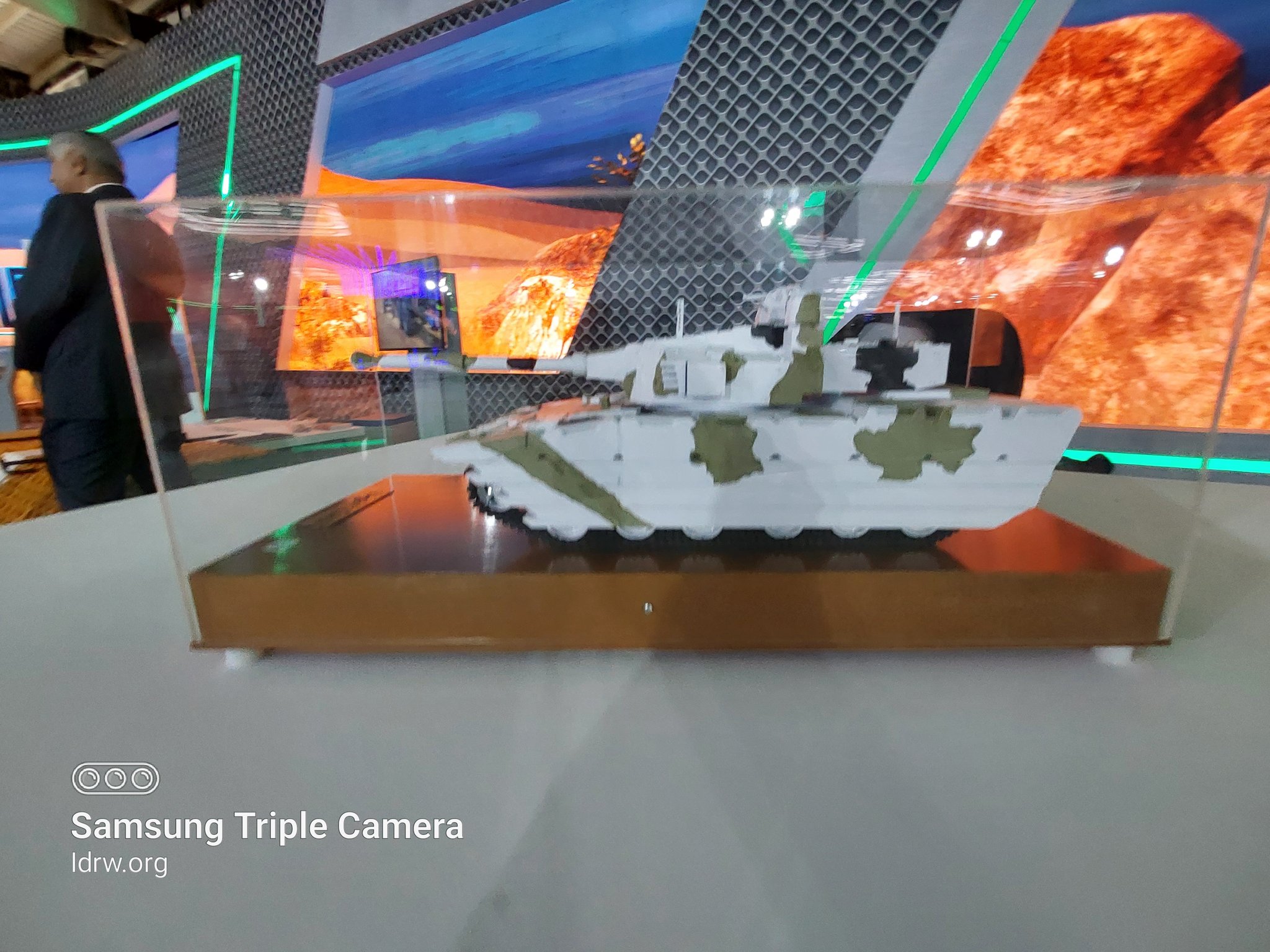
Larsen & Toubro (L&T) Defense is highlighting the rapid development of India’s new Light Tank, codenamed Project Zorawar. Arun Ramchandani, Executive Vice President & Head of L&T Defense, claims this project is one of the fastest light tank development programs globally, moving from conception to rollout in just 18 months.
This swift development is attributed to L&T’s prior experience in manufacturing the K-9 Vajra Self-Propelled Howitzer. The K-9 Vajra project provided a strong foundation for the Zorawar Light Tank, accelerating the design and production process.
Continue readingSOURCE: IDRW.ORG.

In the ever-evolving landscape of aerial warfare, the development of advanced unmanned combat aerial vehicles (UCAVs) is poised to revolutionize military capabilities. Among these groundbreaking innovations is the Remotely-Piloted Strike Aircraft (RPSA) stealth UCAV, a formidable platform designed to augment the capabilities of manned fighter jets. To offer a glimpse into its scale and potential, we present a computer-generated image showcasing a side-by-side size comparison of the RPSA with the LCA-Tejas Mk1A fighter jets.
The provided computer-generated image offers a side-by-side comparison of the expected dimensions of the RPSA and the LCA-Tejas Mk1A. Both appear to be in the Light-weight category, with the RPSA possibly having a slightly smaller profile. This is supported by estimations of the RPSA’s Maximum Take-Off Weight (MTOW) falling within the 12-13 ton range, placing it in the same league as the Tejas Mk1A’s 13.5-ton MTOW.
Continue readingSOURCE: IDRW.ORG.

Larsen & Toubro (L&T), a prominent Indian private sector conglomerate, showcased its indigenously developed unmanned surface vessel (USV) named “Vega” to the Defence Secretary, Shri Giridhar Aramane. The unveiling took place at L&T’s state-of-the-art shipyard in Kattuppalli, where the Defence Secretary witnessed a demonstration of the USV’s capabilities.
The Vega USV boasts a unique operational flexibility, functioning in fully autonomous, semi-autonomous, and remote-controlled modes. This versatility allows the system to be interfaced with existing vessels, effectively transforming them into unmanned platforms.
Continue readingSOURCE: IDRW.ORG.

India’s Defense Research and Development Organisation (DRDO) has taken a step towards acquiring next-generation robotic capabilities. The organization has issued tenders for the manufacturing, integration, testing, and supply of humanoid upperbody robotic systems.
The tender announcement suggests that DRDO is actively pursuing the creation of robotic soldiers for the Indian Army. These humanoid upperbody systems could potentially be integrated onto existing platforms or serve as the foundation for the development of fully autonomous combat robots.
Continue readingSOURCE: IDRW.ORG.

Larsen & Toubro (L&T) Defense, a leading Indian defense contractor, has successfully delivered 100 K-9 Vajra self-propelled howitzers to the Indian Army. These howitzers are a testament to India’s growing self-reliance in defense equipment, with over 18,000 components sourced domestically.
The K-9 Vajra is a customized variant of the K-9 Thunder self-propelled howitzer originally developed by the South Korean defense company Hanwha Defense. L&T Defense undertook significant research and development to tailor the K-9 Thunder to meet the specific requirements of the Indian Army. This customization involved using over 18,000 Indian-made components, marking a significant step towards India’s defense indigenization goals.
Continue readingSOURCE: IDRW.ORG.

The Indian Navy is making strides in maritime security with the ongoing sea trials of its indigenously developed Autonomous Fast Interceptor Boats (A-FIBs). These unmanned vessels mark a significant advancement in India’s coastal defense capabilities.
A-FIBs are designed for high speed and maneuverability, making them ideal for patrolling vast swathes of India’s coastline. Their autonomous operation allows them to function without a crew onboard, reducing risks and expanding operational reach.
Continue readingSOURCE: IDRW.ORG.
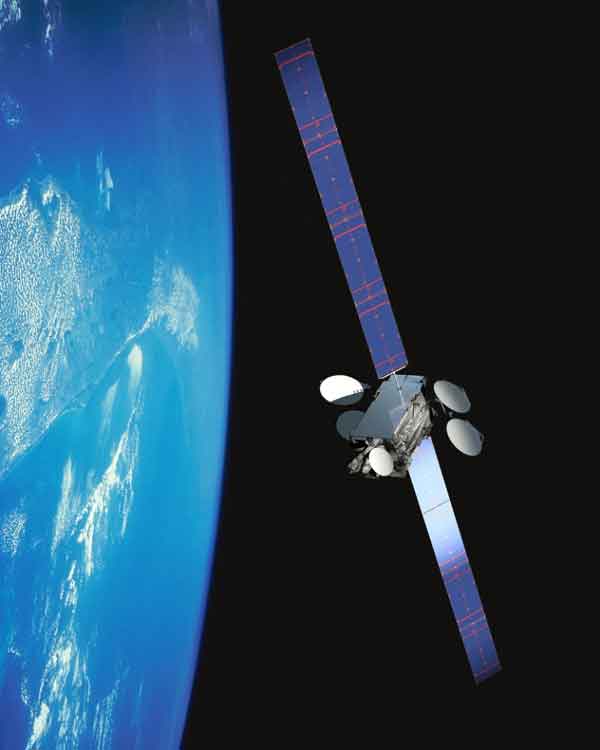
India’s National Technical Research Organisation (NTRO) is taking a significant step towards self-reliance in its intelligence gathering operations. The agency, responsible for conducting technical intelligence and surveillance activities for national security, will reportedly be utilizing its own indigenously developed Artificial Intelligence (AI) for these critical tasks.
NTRO’s core function involves sifting through vast amounts of technical data, including communication signals, satellite imagery, and other forms of electronic information. Traditionally, this analysis has relied on a combination of human expertise and existing technology. However, AI integration promises to significantly enhance these processes.
Continue readingSOURCE: IDRW.ORG.

Larsen & Toubro (L&T), a leading Indian private sector conglomerate, showcased its indigenously developed SOV-400 Unmanned Autonomous Underwater Vehicle (AUV) to the Defence Secretary. The SOV-400 falls at the larger end of the “midget submarine” category with a displacement of 400 tons.
The SOV-400 appears to be specifically designed for special forces missions. It has the capacity to carry 10 special forces operators and integrate two four-person Swimmer Delivery Vehicles (SDVs) on its lower hull. These SDVs extend the range and endurance of underwater missions for combat swimmers.
Continue readingSOURCE: IDRW.ORG.

India has delivered the first batch of BrahMos supersonic cruise missiles to the Philippines today, marking a significant boost to the Southeast Asian nation’s coastal defense capabilities. This powerful weapon system will enhance the Philippines’ ability to deter and defend against potential maritime threats.
The BrahMos missile boasts an impressive range, although details can vary depending on the specific variant. This land-based variant, likely the one being delivered to the Philippines, has a range of approximately 290 kilometers (180 miles).
Continue readingSOURCE: IDRW.ORG.

India’s Defence Research and Development Organisation (DRDO) has issued a call for an industry partner to collaborate on the design and development of a critical component for a new high-power laser weapon system.
The project centers on the development of an integrated beam control system, a crucial element for directing and focusing the laser’s energy precisely. The quality and performance of this system will directly impact the accuracy and effectiveness of the entire weapon.
Continue reading